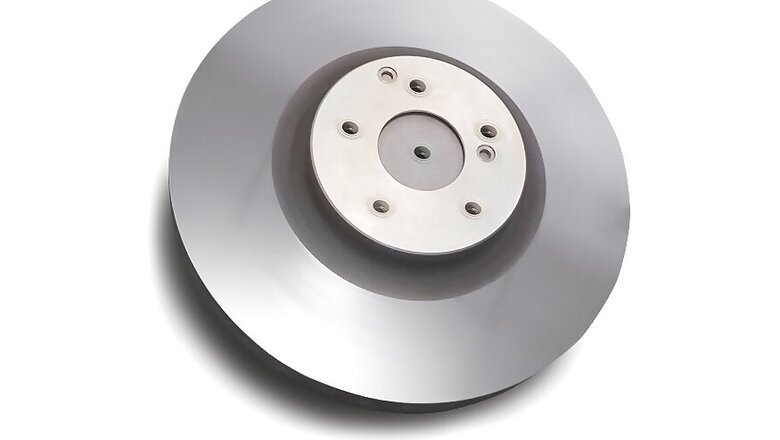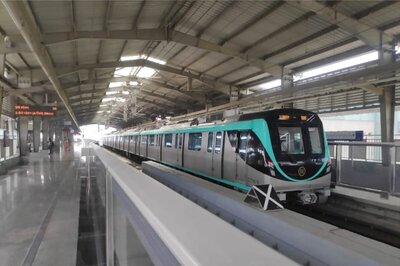
views
Leading global automotive supplier Bosch has developed a new type of brake that can cut air pollution as well as road accidents.
It's not quite reinventing the wheel, but it is reinventing the thing that stops it -- the brake disc.
It's called the iDisc. It's taken years to develop and now that it's ready, it's set to go into production at the end of November for use by an as yet unnamed major car company.
News18.com Presents Tech and Auto Awards 2017 | Vote For Your Favourite Smartphone, Car, Two-Wheeler And More!
And what makes it special is dust, or more precisely, a lack thereof. Although even the cleanest new gasoline or diesel-powered car emits pollution into the air, in urban areas, such as busy inner-city areas, particulate pollution generated by vehicles is most likely to come from brake and tire wear or from the road surface itself breaking down over time.
German government figures suggest that brakes and tires are responsible for 32% of a car's particulate emissions when driving around town -- if that car is running mass-market cast-iron disc brakes.
News18.com Presents Tech and Auto Awards 2017 | Car of The Year: Jeep Compass or Maruti Suzuki Dzire? Vote and Win
In terms of automotive safety alone, it's hard to emphasize just how revolutionary disc brakes have been since they first started appearing on road cars in the mid-to-late 1950s. Born on the track and adapted from the braking systems used to slow jet aircraft upon landing, discs allowed cars to "stop on a dime" and as a result have been instrumental in saving just as many lives as the introduction of seatbelts.
But now, they could be inadvertently damaging people's health thanks to dust and rust particulates.
What Bosch subsidiary Buderus Guss has done to fix this problem -- the company claims a 90% reduction in brake dust compared with standard disc brakes -- is to take a cast iron disc and put it through several treatments. The disc's friction ring (where the caliper will grip the rotor to bring the car to a halt) is given a heat and a rust treatment and then given a tungsten-carbide coating.
News18.com Presents Tech and Auto Awards 2017 | Two-Wheeler of The Year: Bajaj Dominar or KTM RS 390? Vote And Win
The result is a disc that costs more than a standard cast iron disc but significantly less than the carbon ceramic discs found on the likes of Ferraris and Porsches. "The iDisc has everything it takes to replace the conventional cast iron brake disc and become the new standard in the brake disc market," said Gerhard Pfeifer, managing director of Buderus Guss. "Given the continued particulate pollution debate in many countries and large cities around the world, there is nothing standing in the way of its breakthrough."
News18.com Presents Tech and Auto Awards 2017 | Two-Wheeler of The Year: Bajaj Dominar or KTM RS 390? Vote And Win
And that goes for the move from gasoline to electric power and for the move from driven cars to autonomous vehicles. Regardless of what's powering a vehicle or whether there is a person or an algorithm behind the wheel, it is still going to need disc brakes to stop.
Also Watch: Interview | Mika Hakinnen | Formula 1 Champion on Safe Driving | Cars18
















Comments
0 comment